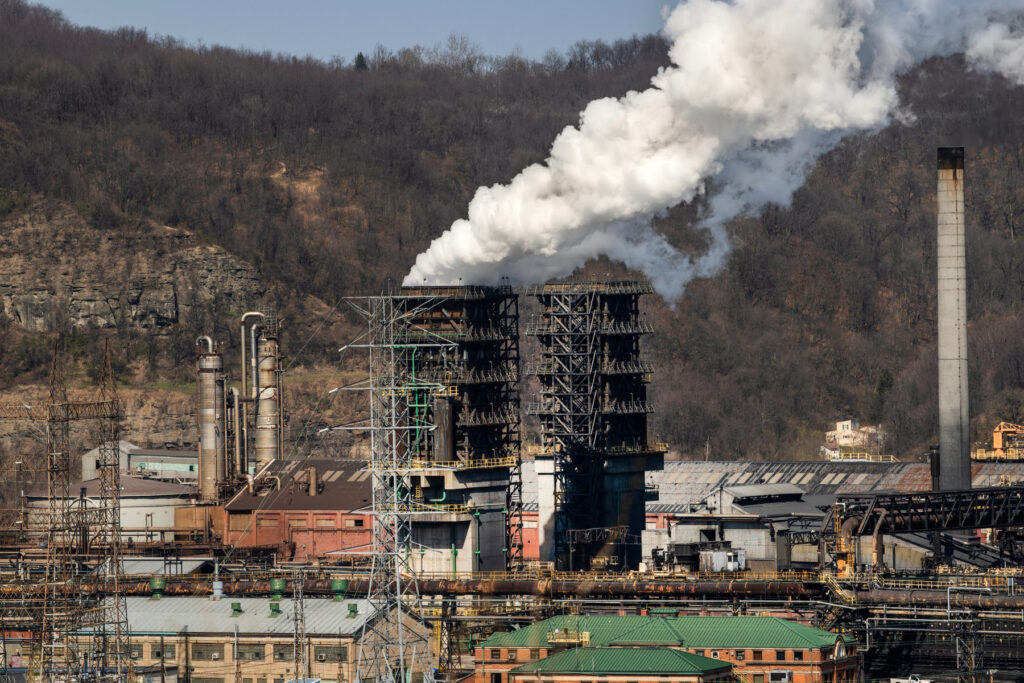In 2016, the closure of the Shenango Coke Works, a coal-powered facility near Pittsburgh, led to a decrease in local heart-related emergency visits and cardiovascular hospitalizations, according to research by New York University. This study highlighted the health risks posed by coke, a coal derivative used in steelmaking.
A recent report quantifies the health costs of coal-reliant steelmaking across the U.S. It reveals cancer rates near these plants are 12% higher than national averages and 26% higher near coke facilities. Toxic byproducts like sulfur dioxide and lead exacerbate asthma symptoms in these areas.
Data from the U.S. Environmental Protection Agency’s National Emissions Inventory indicates this sector incurs $6.9-$13.2 billion annually in health impacts, including premature deaths and economic losses of $137 million due to missed workdays. Globally, coal-based steelmaking contributes 11% of greenhouse gas emissions.
Currently, the U.S. hosts seven coal-based steel plants and ten coke plants, mainly in the Midwest and Appalachia. Most American steel is now produced in electric arc furnaces, a cleaner method using recycled scrap steel. Kevin Dempsey, CEO of the American Steel and Iron Institute, asserts the industry’s commitment to reducing emissions.
Hilary Lewis of Industrious Labs, which produced the report, expressed surprise at the significant impact of the remaining facilities. Despite being fewer in number, these plants continue to produce steel with traditional, coal-heavy methods, affecting nearby communities.
Industrious Labs aims to provide communities with pollution data. Residents in areas like Gary, Indiana, often lack awareness of the pollutants from nearby plants.
“A lot of times people are led to believe that it’s genetics, and that’s a narrative that must change.”
— Germaine Patterson, a community health worker
Germaine Patterson, a health worker in Clairton, Pennsylvania, noted the health effects from living near coke plants are well-known locally. However, the report’s findings on asthma and premature deaths were unexpected. Patterson hopes the data will prompt policy changes for better health protections.
The report advocates for transitioning to green steelmaking using direct reduced iron and renewable energy, which can cut emissions by 95%. Lewis emphasizes investing in this transition to revitalize steel communities and improve public health outcomes.
Dempsey highlighted ongoing investments in direct reduced iron and collaborations with the Department of Energy to advance green steel initiatives. New facilities in Ohio, Ontario, and Sweden exemplify the potential of green steel technology.
Original Story at insideclimatenews.org
